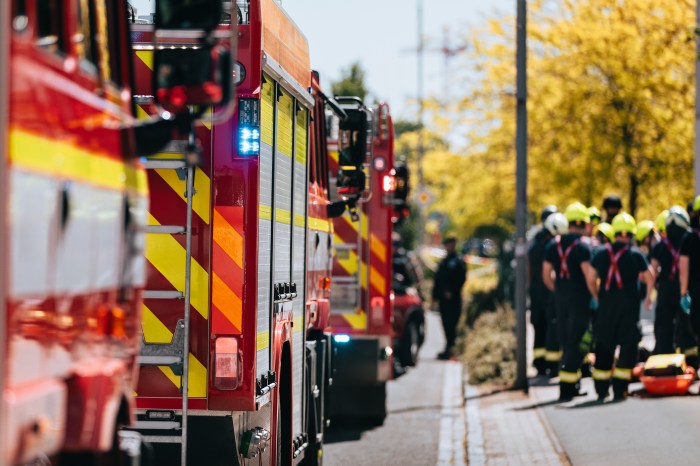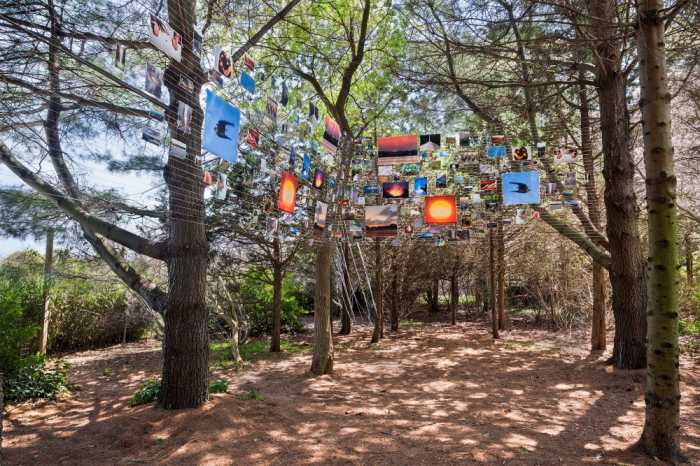After waking up on June 12 to the news that a Muslim man had slaughtered 49 people at an Orlando nightclub, a large segment of the congregation at the Islamic Center of Long Island decided to skip Sunday prayer.
“People were afraid,” said Isma Chaudhry, president of the ICLI in Westbury. “People were afraid to come out of their houses.”
For many Muslims, with each attack, whether it’s in an American community like Orlando or in a European metropolis like Paris, comes yet another wave of anti-Islam rhetoric.
Then there’s Donald Trump. Since the vicious slayings in Orlando, the presumptive Republican presidential nominee has doubled down on his proposal to temporarily ban Muslims from entering the US and has said he supports racial profiling of Muslims. He also openly speculated that Muslims may be hiding potential terrorists. But it turns out that a Muslim American reported the Orlando shooter to the FBI. On previous occasions, Trump has talked favorably about spying on mosques and killing innocent family members of terror suspects.
For some Muslim Americans, simply visiting their local mosque necessitates extreme caution.
A report released jointly Monday by the Council on American-Islamic Relations (CAIR) and the U.C. Berkeley Center for Race and Gender detailing the meteoric rise of Islamophobia in the US found that attacks on mosques nearly quadrupled from 20 to 78 between 2014 and 2015. Nearly half of those incidents occurred between November and December—around the same time of the attacks in Paris and the shootings in San Bernardino, Calif. The far majority of those incidents were labeled vandalism or intimidation, according to the report.
In announcing the findings, Corey Saylor, director of the Department to Monitor and Combat Islamophobia, said Muslim Americans haven’t faced this much backlash since the “Ground Zero Mosque” controversy reached a fever pitch in 2010.
“This time around [Islamophobia] has a much more violent tenor to it, and we see a lot more acts of intimidation targeting mosques,” Saylor told reporters in Washington, D.C.
The study also revealed that 74 groups make up what researchers have termed the “US Islamophobia Network.” Promoting anti-Islam sentiment is apparently a lucrative business. According to the report, 33 of those organizations had access to $205 million in revenue. A larger segment of the network, considered to be in the “outer core,” includes such media personalities as Rush Limbaugh, Glenn Beck and Bill Maher.
Saylor said the goal of the report was not to silence Islam’s detractors but to encourage Muslim Americans to become more involved in social justice movements and to delegitimize groups that promote Islamophobia.
“It’s not our goal to go out and say, ‘Hi, guys, the Muslims are here, and we’re going to take over,’” he told reporters Monday. “It’s our goal to be good allies. That’s what our faith tells us to be.”
After the homophobic attack on a gay nightclub in Orlando, Muslim American leaders on Long Island reached out to their respective police departments and requested stepped up patrols.
Both Nassau and Suffolk County police said they had already instituted a heightened presence since this is the holy month of Ramadan.
Acting Nassau County Police Commissioner Thomas Krumpter said bias-related crimes in the county are relatively low. Any incidents that do arise, he insisted, would be investigated thoroughly.
The Islamophobia report counted only seven attacks on New York mosques from 2013 to 2015. But Saylor cautioned that the actual number might be higher due to under-reporting.
Following the shootings in San Bernardino last December when a radicalized couple killed 14 people, the Islamic Center of Long Island was tagged with graffiti by vandals who drove a truck onto the mosque’s grounds, Chaudhry said.
Nayyar Imam, the first-ever Muslim chaplain for the Suffolk County Police Department and president of the Long Island Muslim Alliance, said the Selden mosque has not been targeted, but leaders there remain vigilant. The mosque recently cancelled a bake sale for a girl’s youth group out of concern that they’d be targeted.
“When they’re sitting outside, you’re exposing yourself to any kind of crazy person who can walk in,” he said.
Imam says he is worried about the toll these attacks—and any future incidents—will have on the Muslim community.
“We have to do a lot of work,” he said, noting that Muslim Americans have to do a better job of reaching out to non-Muslims.
One way Muslims can get more exposure is through the political process, Saylor suggested.
“Don’t be invisible,” Saylor said. “Don’t bury your head.”
The anti-Islam rhetoric may have one unintended effect, however. According to data released by CAIR on Tuesday, more than 300,000 Muslim Americans have registered to vote since the 2012 election.
What could be driving the increase?
“The apparent jump in Muslim voter registration is just one possible indicator of increased political involvement resulting from rhetorical attacks on that faith community by public figures,” the organization said in a press release.
































